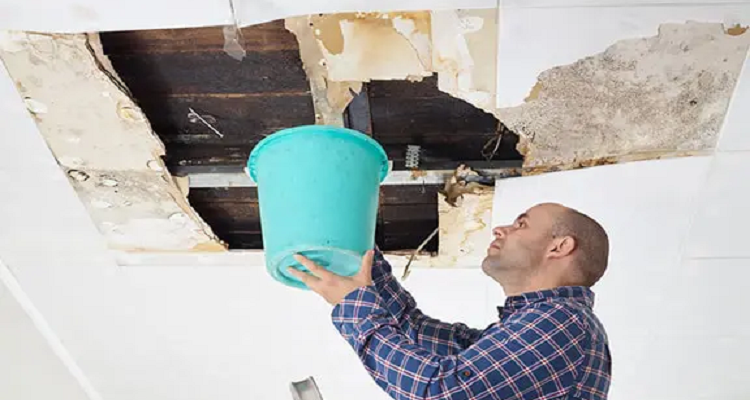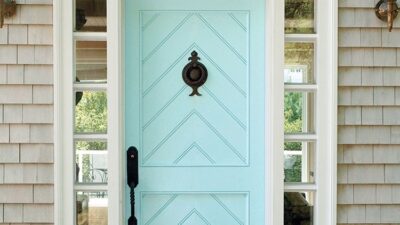A leaky roof can cause significant damage to a building’s structure and belongings, leading to costly repairs and potential health hazards. Understanding the common reasons for roof leaks is crucial for timely detection and prevention. In this, we will explore the primary causes of roof leaks and discuss preventative measures to maintain a watertight roof.
- Age and Weathering: Over time, roofs naturally deteriorate due to age and weather exposure. Constant exposure to sunlight, rain, wind, and temperature fluctuations can weaken, crack, or warp roofing materials. Aging roofs are more prone to leaks as the materials become less effective at repelling water. Regular roof inspections and proactive maintenance can help identify and address issues before they escalate into significant leaks. Also, All Star Roofing’s roofing provide the highest quality Shingle Roofing Bradenton FL and run roofing company that strives to be the finest in our field.
- Damaged or Missing Shingles: Shingles serve as the first line of defence against water intrusion. If shingles are broken, cracked, or missing, they create vulnerable areas where water can penetrate the roof. High winds, heavy rainfall, falling debris, and foot traffic can damage the roof. Inspecting the roof regularly and replacing damaged or missing shingles promptly is essential to preventing leaks.
- Improper Installation: Poor workmanship during roof installation can lead to leaks. Improperly fastened shingles, inadequate sealing around flashing and vents, and incorrect underlayment installation can compromise roof integrity. Hiring experienced and reputable roofing contractors who follow industry standards is crucial to ensure proper installation and minimize leak risk.
- Flashing Problems: Flashing seals areas where the roof intersects vertical surfaces such as chimneys, vents, skylights, and dormers. If the flashing is improperly installed, damaged, or deteriorated, water can seep into the building. Regular inspection and maintenance of roofing, including resealing or replacement when necessary, can prevent leaks at these vulnerable points.
- Clogged Gutters and Downspouts: Gutters and downspouts channel water away from the roof and building. When they become clogged with leaves, debris, or ice, water can accumulate on the roof’s surface. Standing water can seep under the shingles, leading to leaks. Regular gutter and downspout cleaning and maintenance will ensure proper water drainage and prevent roof damage.
- Roof Penetrations: Various roof penetrations, such as vents, chimneys, skylights, and HVAC units, require proper sealing to prevent water intrusion. If the flashing around these penetrations deteriorates or is improperly installed, leaks can occur. Regularly inspecting the flashing and addressing any issues promptly is crucial to maintaining a watertight roof.
- Condensation and Moisture Issues: Improper ventilation and insulation in the attic can cause moisture build-up, leading to condensation on the underside of the roof deck. Over time, this moisture can damage the roof structure and cause leaks. Adequate attic ventilation, insulation, and moisture control measures are essential to prevent condensation-related roof leaks.
- Ice Dams: In colder climates, ice dams can form on roof edges, preventing proper drainage of melted snow. As the melted snow refreezes, it can penetrate under the shingles and cause leaks. Adequate insulation, ventilation, and proper snow removal techniques can help prevent ice dams and roof leaks.
Conclusion:
In conclusion, understanding the common reasons for roof leaks is crucial for effective maintenance and prevention. Regular roof inspections, proactive repairs, proper installation, and regular maintenance of roofing components such as shingles, flashing, gutters, and ventilation systems are key to maintaining a watertight roof. By addressing issues promptly and implementing preventative measures, property owners can protect their investment and prevent costly damage caused by roof leaks.










Comments